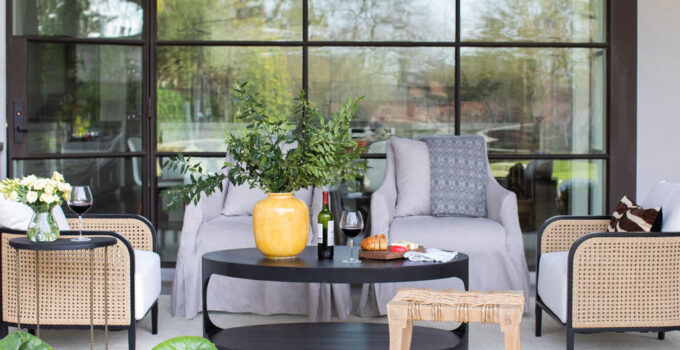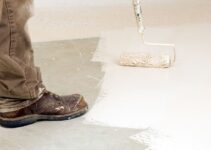Looking to create the ultimate outdoor oasis for your home? Look no further than the perfect blend of outdoor furniture elements! From seating to lighting, there are endless possibilities for combining different pieces to achieve a cohesive and stylish look.
Page Contents
Choosing the Right Styles
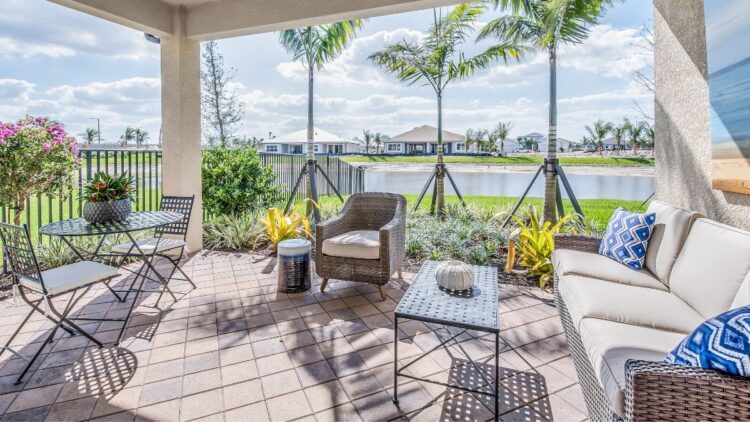
Source: patioproductions.com
Whether your outdoor space is a sprawling backyard, a petite patio, or a cozy balcony, choosing the right furniture style can set the tone and mood for your exterior space. Traditional styles, like wrought iron or wicker benches and chairs like Lloyd Flanders Weekend Retreat, evoke a classic, timeless look. In contrast, sleek lines and modern materials like aluminum and resin may lend a more contemporary vibe. Whichever style you choose, remember to consider the architecture and interior design of your home. Ideally, your style should provide a seamless transition from inside your home to the outside space.
However, it’s not just about the style of the furniture itself. The arrangement and organization of the furniture can create different atmospheres and serve different purposes. For instance, a pair of chaise lounges arranged side by side may provide a peaceful, relaxing retreat, while a cluster of chairs around a fire pit can create a convivial, sociable atmosphere.
What’s important is to define what purpose you want your outdoor space to serve. Whether it’s to provide an area for peaceful relaxation, dining, or social gatherings, the function should drive the style. Keeping the end goal in mind can assist in choosing furniture that aligns with your specific needs and expectations.
Selecting Complementary Materials
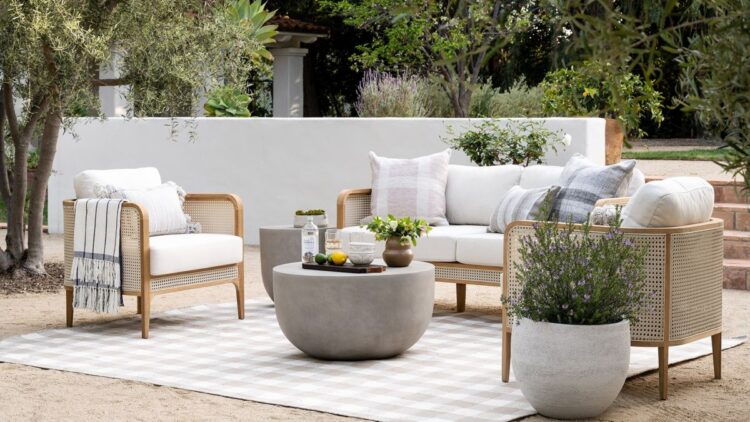
Source: gardeningetc.com
Materials used for exterior furniture are just as important as the design and style. The right materials not only create an appealing aesthetic but also ensure longevity. Wood, such as teak or eucalyptus, lends a warm, natural appeal and is durable, although it requires regular maintenance to prevent weathering and decay. Metal, on the other hand, can provide a sleek, modern aesthetic. It’s robust and often weather-resistant, especially in materials like aluminum and stainless steel.
Outdoor furniture can also be made from synthetic materials, such as resin and plastic. These are often lightweight and require minimal maintenance, making them a good choice for those looking for hassle-free options. Then there’s wicker furniture, which brings a traditional, cozy feel to exterior spaces. While natural wicker can be sensitive to the elements, synthetic, weather-resistant options can provide the same aesthetic without maintenance concerns.
Mixing and matching these materials can create a dynamic, visually interesting space. For example, you could combine a teak dining table with metal chairs for a balanced, eclectic look. Just remember to keep the overall aesthetic cohesive, and choose materials that will withstand your local climate and usage patterns.
Balancing Form and Function in Design
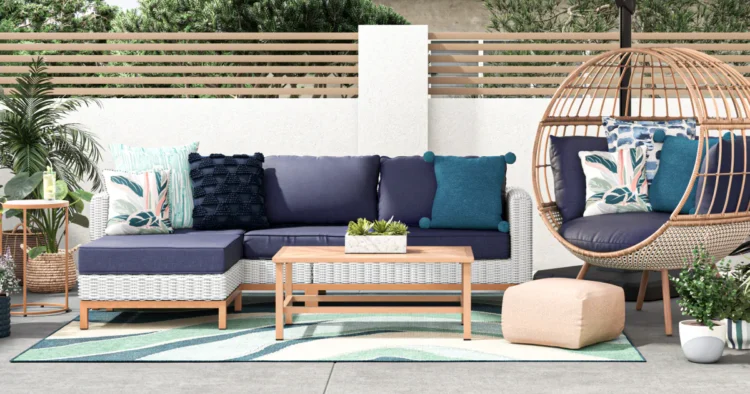
Source: lowes.com
The best outdoor furniture design considers both form and function, blending aesthetics with practicality. When shopping for furniture, pay attention to the ergonomics. Pieces that look stunning but aren’t comfortable will rarely be used, while those that prioritize comfort over aesthetics may leave your space looking uninspired.
One way to strike a balance is to choose furniture with clean, simple lines, which tend to be comfortable and stylish. Also, remember that functionality goes beyond comfort – think about how the pieces will be used. If you enjoy outside dining, a large table, and comfortable chairs are a must. If relaxation is your goal, then lounge chairs, hammocks, or daybeds might be more appropriate.
Furthermore, consider the flexibility of the furniture pieces. Outdoor furniture with multiple uses can save space and offer convenience. For instance, ottomans can serve as additional seating when you have guests, and benches can offer storage space for cushions and other outdoor items. Choosing furniture that is beautiful and functional makes your exterior space versatile, inviting, and stylish.
Creating a Cohesive Color Scheme
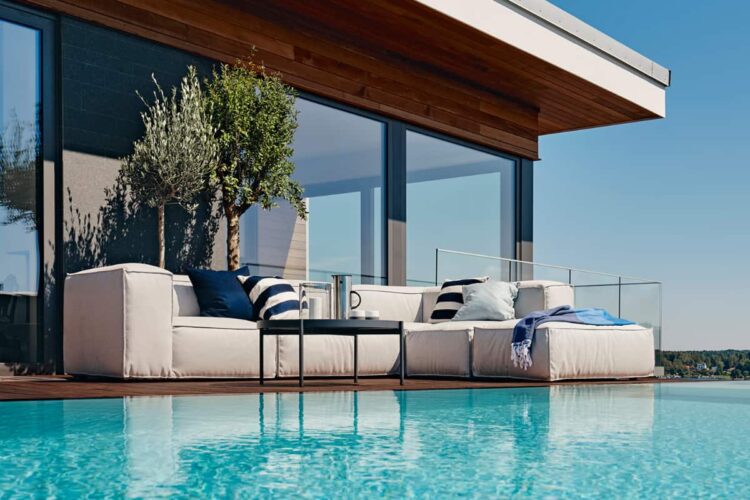
Source: decoroutdoor.com
Color plays a crucial role in creating a visually pleasing and cohesive outdoor space. One approach is to draw inspiration from the colors of your home’s exterior or the surrounding landscape. The hues in your garden flowers, the color of the sky, or the shades of a nearby body of water can all provide a palette to work from.
Alternatively, you may choose to make a bold statement with your exterior furniture colors. Bright, vibrant colors can add personality and flair to your outdoor spaces. Whether it’s a vividly painted bench or colorful cushion covers, these pops of color can enliven a dull outside area.
Finally, remember that color is not just for the furniture. Outdoor rugs, cushions, and even accessories like candles and vases can contribute to the overall color scheme. A harmonious blend of hues across different elements can create a cohesive, visually pleasing exterior space.
Arranging Outdoor Furniture for Optimal Comfort and Conversation
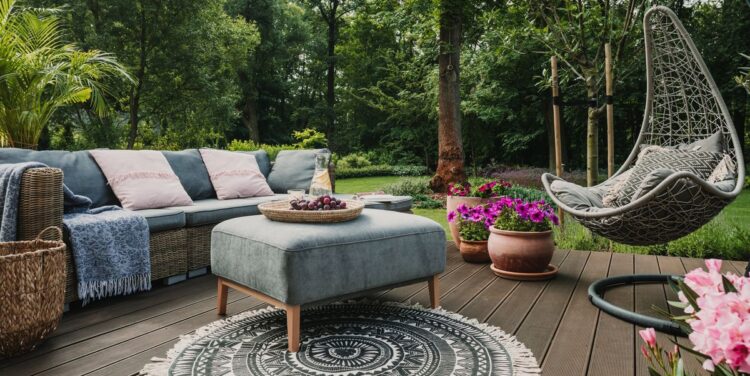
Source: goodhousekeeping.com
The arrangement of your outdoor furniture can make or break the comfort and functionality of your space. Think of your exterior area as a room without walls – it should have a defined layout that fosters conversation and relaxation.
First, designate different areas for different activities. Just as in an indoor space, outdoor areas can be divided into “rooms” for dining, lounging, and socializing. For example, placing a dining table and chairs under a pergola creates a separate “room” for outside dining.
Ensure that your furniture is arranged in a way that encourages conversation. A circular or semi-circular arrangement with chairs around a central point, like a fire pit or coffee table, can create an intimate setting that facilitates interaction.
Lastly, consider traffic flow when arranging your outdoor furniture. Make sure there’s ample space for people to move around comfortably without bumping into furniture. Creating clear paths between different areas of your outdoor space can enhance its functionality and comfort.
Incorporating Outdoor Lighting to Enhance the Ambiance
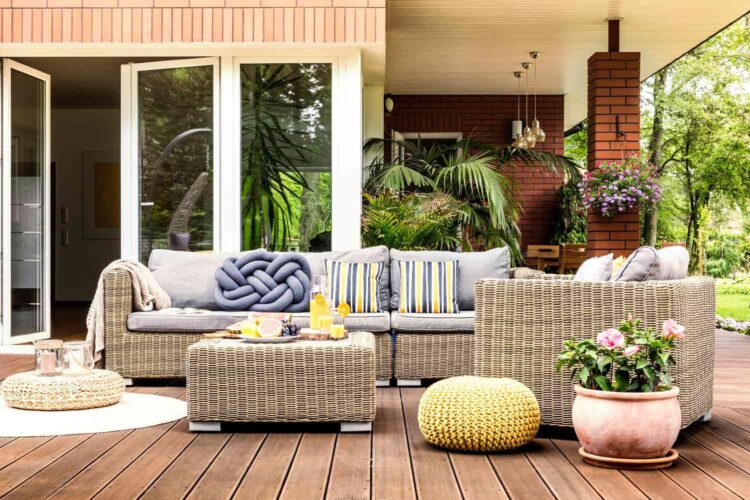
Source: marthastewart.com
Outdoor lighting can transform your exterior space, adding warmth and creating a magical ambiance at night. Start with functional lighting for safety and convenience. This could be path lights leading to the outdoor area, or spotlights highlighting steps or changes in level.
For ambient lighting, consider options such as string lights, lanterns, or even a chandelier hung from a pergola. These can create a soft, welcoming glow that extends the usability of your outdoor space into the evening.
Finally, to highlight features in your outdoor space, use accent lighting. This could be in the form of uplights for a tree or architectural feature or underwater lights in a pool or pond. This type of lighting adds depth and intrigue to the space, making it visually appealing after dark.
Conclusion
In conclusion, creating the perfect blend of outdoor furniture elements is a multifaceted process. With thoughtful consideration of style, materials, design, color, arrangement, lighting, accessories, and maintenance, you can create an outdoor space that is as comfortable, functional, and stylish as your indoor living areas.

